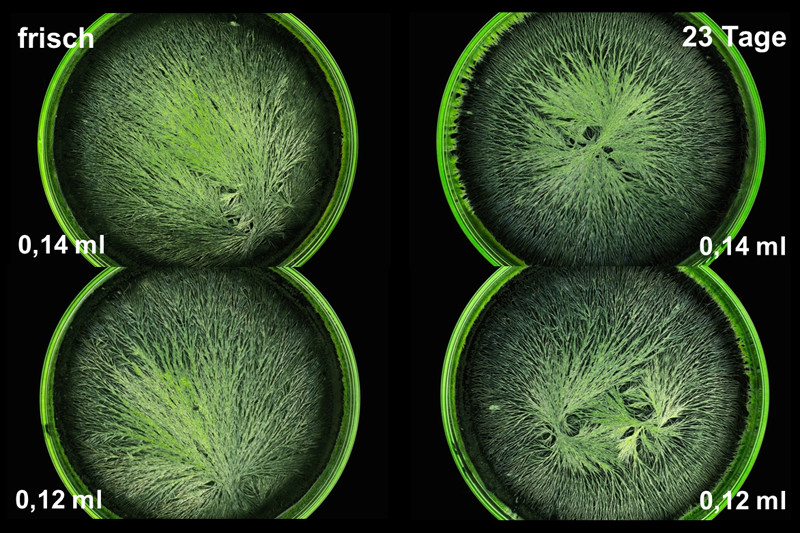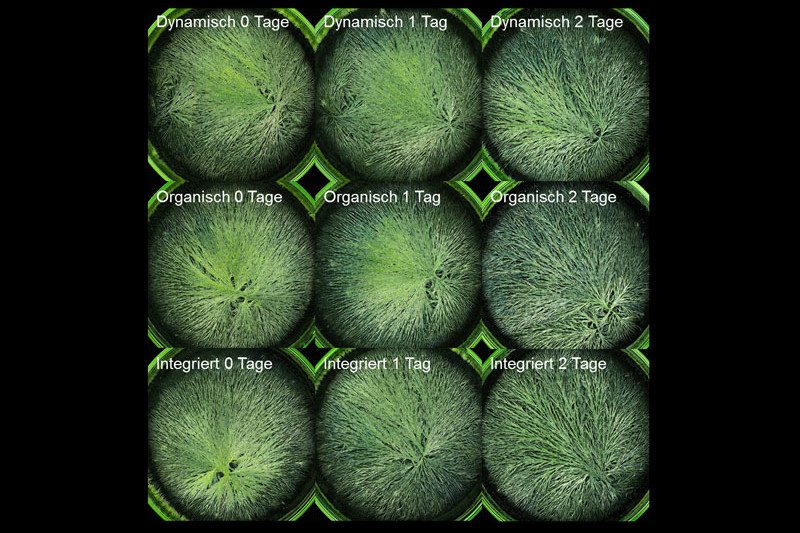Beautifully Delicious: Biodynamic Wine Scores in Image Method Study
Wine experts around the world value the high quality of biodynamically produced wines - but could this quality be scientifically demonstrated? A research project at the Institute for Organic Agriculture, University of Bonn examined this question using image forming methods and produced clear and very vivid results. The project was supported by the Software AG Foundation. In a controlled study, it was possible to distinguish with a high degree of certainty between conventional, organic, and biodynamic wines using only images.
Organic wine production is booming: worldwide, the acreage devoted to organic wines has almost tripled in the past ten years. At the moment, there is particularly strong interest in biodynamically produced wines. Both wineries as well as wine critics and connoisseurs appreciate this natural cultivation method, which is based on the anthroposophic principles developed by Rudolf Steiner. This approach emphasizes quantity over quality and has consistently produced internationally acclaimed top wines.
But could the excellent quality of biodynamic wines – confirmed in numerous wine tastings – be demonstrated scientifically? Bonn-based agricultural scientist Dr. Jürgen Fritz examined wine samples using so-called image forming methods: copper chloride crystallization, the Steigbild method, and the chroma method. These methods are used mainly in the field of qualitative food research, as they add morphological criteria to purely material content analysis.
In this case, the researcher examined both the effects of the cultivation method as well as the wine production process. To do so, he tested unmarked wine samples from conventional, organic, and biodynamic cultivation as well as wines with different degrees of sulfurization and filtration. “In the test series, clearly distinguishable visual structures emerged,” said Dr. Jürgen Fritz. “In two out of three tested vintages we could group and classify the different samples almost completely without error.”
According to the researcher, the resulting images demonstrated a clearly ascending quality curve from conventional to organic to biodynamic wine cultivation. “In comparison to biodynamic wines, both of the other groups displayed a clearly higher percentage of chaotic image elements and evidence of degeneration.” Increasing sulfur left clearly visible traces, as well: “There were image elements that appeared contracted and hardened. This characterization of sulfurized wines using the crystallization method is consistent with what was found in the taste of the wine during the degustation.”


